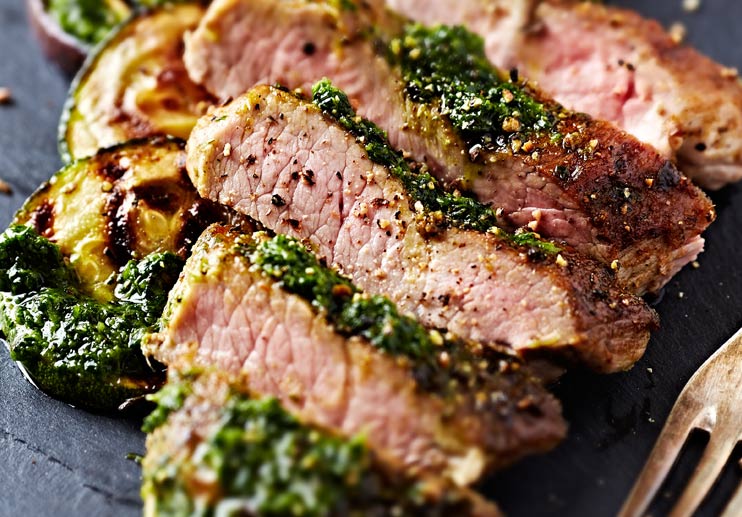The quintessential Greek salad isn’t complicated, but two important elements will make it memorable—true Greek Kalamata olives and freshly sliced slabs of feta, not those packaged crumbles. Purists say the melding of the olive oil and the juice of the tomatoes is all the dressing you need, enhanced by the best oregano. That’s why the squeeze of lemon juice is optional. Note: If you can’t find great beefsteak tomatoes, substitute two cups of hothouse cherry tomatoes, halved.
Ingredients
- 1 large cucumber
- 1/2 red onion
- 1/2 green bell pepper, cored, seeded, and sliced into rings
- 2 large, ripe tomatoes, quartered
- 10 Greek Kalamata olives
- 2 3-ounce slices of Greek feta
- 6 tablespoons extra virgin olive oil
- Dried oregano to taste
- Freshly ground black pepper
- Coarse salt, like Maldon sea salt flakes, to taste
- 2 lemon wedges (optional)
Directions
Divide the ingredients evenly between two dinner plates or salad bowls in this order: Arrange the cucumber slices first and then layer on the red onions and green peppers. Space the tomato quarters and olives around the outside of the dish and place a slab of feta in the center. Drizzle on the olive oil and sprinkle on oregano and black pepper. Sprinkle the tomatoes lightly with the salt. Add a squeeze of lemon juice if desired.
Yields 2 servings.




